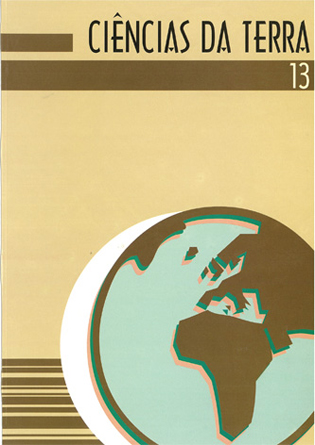On the Upper Cretaceous age and affinities of Neocyprideis lusitanicus (Ostracoda)
Abstract
Key words: Ostracoda; Neocyprideis lusitanicus; Late Cretaceous; Aveiro; Portugal. Guernet & Lauverjat (1986) described a new species, Neocyprideis lusitanicus, from sediments deposited near Aveiro, Portugal. For these authors, some associated fossils (Molluscs, planktonic Foraminifera) indicated a Pliocene age. That seemingly was the first record of Neocyprideis in post-Miocene sediments in Europe. A recent study of Upper Cretaceous material from the same region showed an abundant Neocyprideis fauna, associated with Charophyta. These Neocyprideis could be assigned without any doubt to N. lusitanicus. Therefore, N. lusitanicus appears as an Upper Cretaceous species, reworked in much later sediments, not Pliocene but Quaternary, as indicated by the planktonic Foraminifera assemblage. This interpretation is supported by: I - the incompatibility of the Neocyprideis (restricted to lacustrine-lagoonal environments) with abundant planktic Foraminifera; 2 - the occurrence of N. lusitanicus with Charophytes and non marine, cretaceous vertebrates but without the same Foraminifera. Neocyprideis lusitanicus is a valid species, clearly different from the other late Cretaceous species (N. coudouxensis and N. murciensis) as well as the Early Miocene described species (N. aquitanica, N. janoscheki).Downloads
Published
2009-05-07
Issue
Section
Articles






